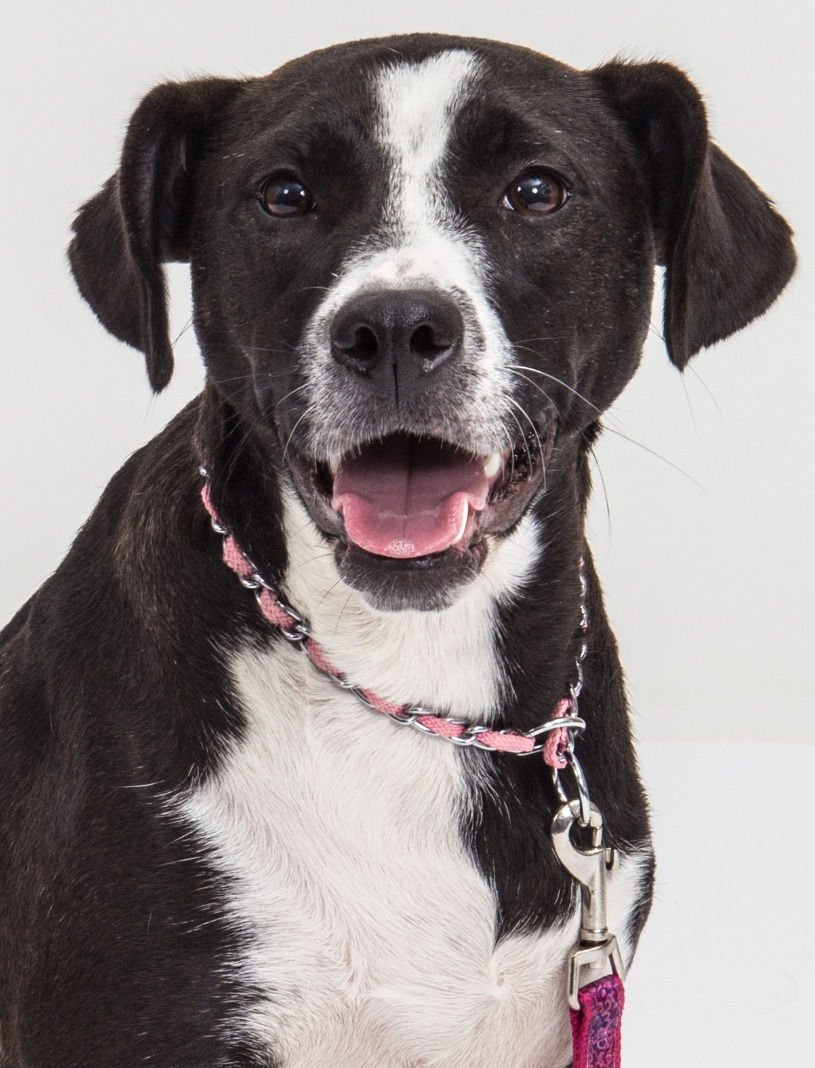CRATE TRAINING
- Pat "Packman" Buttitta
- Jul 23, 2018
- 3 min read

Dogs are den animals. They like having a space that is all theirs. There are many reasons to crate train a new puppy. It can help with potty-training and teaching your dog the rules of the house. It can help your dog learn how to be calm. It can serve as a safe place for your dog to relax in.
However, because dogs are not taught how to relate to the crate properly, most won’t automatically take to it. Some dogs can even fear the crate if not introduced the right way and if you don’t crate train the right way.
Since puppies don’t have any preconceived notions about anything, if you follow the tips below, your new canine family member should come to love his crate and may even start going into it on his own when he want to relax.
1. Make it a casual introduction - The worst thing you can do is lock your puppy inside the crate immediately. People don’t like being trapped without knowing what to do, and neither do dogs. Instead, treat the crate like it’s just another piece of furniture, but one that your dog can enjoy.
Put the crate in an area where he can see you and you can see him. Add a blanket or some towels, a few toys and keep the door open. Then, stand back and let him explore it. He should immediately start sniffing around it and going into the crate, which is a great sign. If necessary, help him to check it out by placing treats around and inside the crate. The goal is for him to be comfortable going inside it, and this is something that could take time. So, be patient.
2. Meal time – After he’s comfortable going into the crate, we want to get him comfortable being inside of it for an extended period of time. We also want to create a positive association with the crate. The best way to do this is to have him eat inside the crate.
Put the food in the back of the crate so he has to go all the way in.
3. Close the crate - As soon as your dog is eating his meal, close the door. After he’s done eating that first time, open the door immediately. You’ll leave him in longer and longer with each meal, adding just a few minutes every time.
If he whines or barks, wait until the split second that he stops and then let him out. If not, you will teach him that whining and barking will make the door open.
4. Extend crate time - Once your dog is hanging out in the closed crate without signs of stress, increase the time he spends in it. But do so gradually. Guide him into the crate, give him a treat and then close the door. Hang out by the crate for a few minutes, then go into a different room for a few minutes so he gets used to staying in the crate alone. When you return, don’t open the crate immediately. Sit with him for a few more minutes and then open the door.
Gradually and consistently, keep increasing the time until he’s ready to stay in the crate for longer and longer periods of time. Possibly even sleep in the closed crate overnight. Make sure you keep the crate close by overnight. Puppies usually need to go to the bathroom frequently.
5. Leaving and coming back - The key is to make crating seem completely normal and avoid getting him excited. Encourage him to get into the crate and reward him when he does, but keep it calm and brief. When you come home, wait for him to be somewhat calm and then invite him to come out of the crate. Stay calm and ignore him if he shows any signs of excitement.
Stay tuned for our next blog where we will discuss how to crate train an adult dog.
If you continue to have problems, let me know if I can help.

Always remember: BP4 – Be: Patient, Positive, Peaceful & Persistent
www.packmantotherescue.com /
201-937-6123
%20PNG.png)











Comments